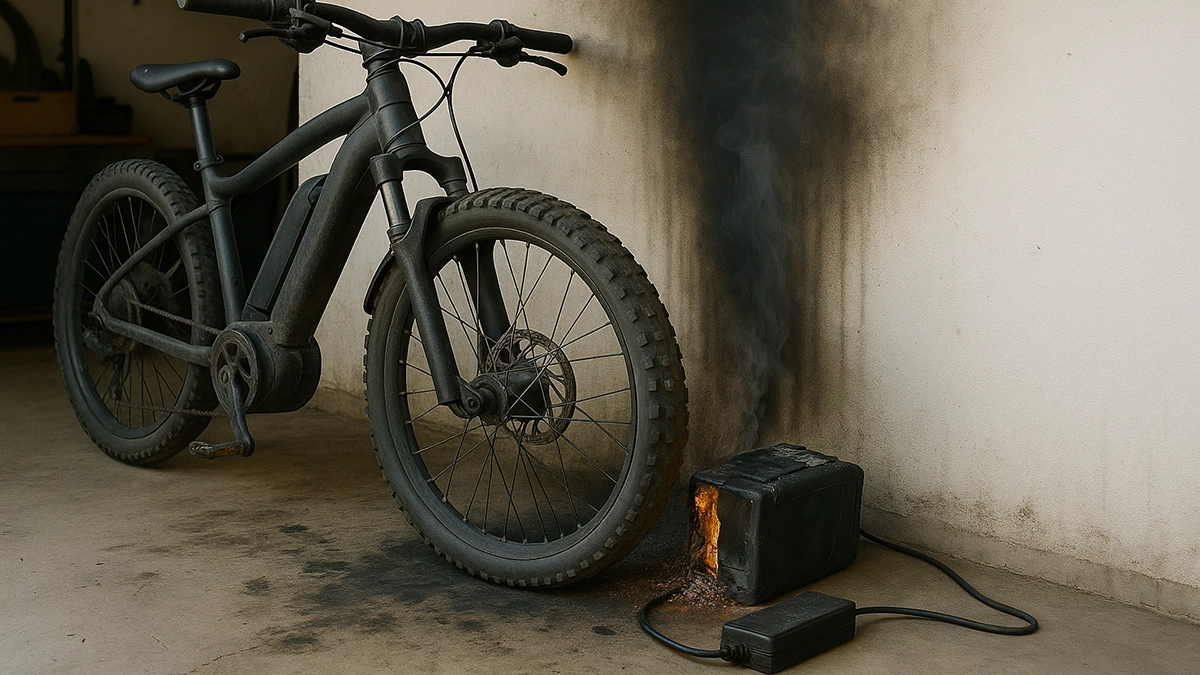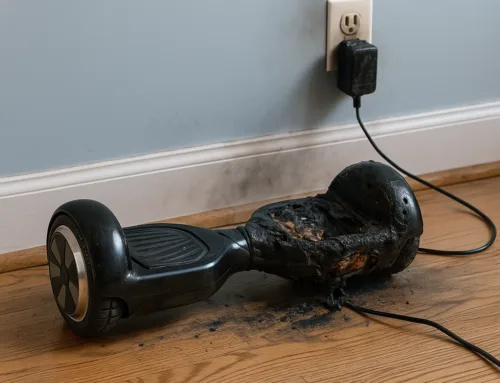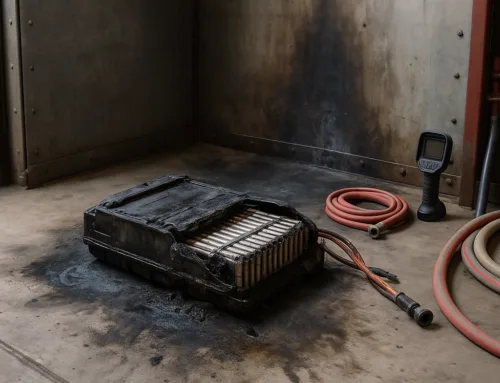Lithium-ion batteries are at the heart of modern convenience. They power everything from smartphones to electric bikes, but they also present a growing fire hazard. As highlighted in a video by the U.S. Consumer Product Safety Commission (CPSC), the number of serious incidents linked to these batteries is rising—and with it, the urgency to educate consumers on safety.
This article breaks down the core causes of lithium-ion battery fires, shares real-life stories, and provides actionable safety recommendations for everyday users.
AUTHOR
Editor
POSTED ON
May 21, 2025
What Causes Lithium-Ion Batteries to Catch Fire?
From a technical perspective, most fires are triggered by a phenomenon known as thermal runaway. This occurs when a battery cell enters an uncontrollable self-heating state, generating more heat than it can release. The situation worsens when adjacent cells in the battery pack are also affected, causing a chain reaction that can lead to explosive ignition.
Common Causes of Thermal Runaway Include:
- Internal short circuits due to poor manufacturing.
- Physical damage from dropping or crushing the device.
- Overcharging, especially when using low-quality or incompatible chargers.
- Lack of effective battery management systems (BMS) in certain products.
Real-Life Consequences: A Personal Account
In the CPSC video, Thomas Kennedy shared a frightening story. After receiving a call from his sister, he returned home to see flames leaping from the garage windows. The cause? Lithium-ion batteries charging in their chargers. Luckily, no one was hurt, but the fire was massive and destructive.
Stories like this are not isolated. As lithium-ion batteries become more prevalent, so do the risks—especially when devices are left unattended or are poorly manufactured.

The Importance of Battery Manufacturing Standards
One of the biggest takeaways from battery experts is the critical role of manufacturing quality. While thousands of companies now produce batteries, not all meet the same standards. Some operate in conditions that would be unacceptable in other industries, leading to inconsistent quality and dangerous flaws.
For next-generation high-energy batteries, experts are advocating for manufacturing environments modeled after the semiconductor industry—emphasizing automation, cleanliness, and precise quality control.
Practical Safety Tips for Consumers
Product safety agencies globally, including the CPSC, are implementing new guidelines to make battery-powered products safer. However, consumers also have a responsibility to practice safe usage and handling. Here are the most important tips:
Do:
- Use only the original charger supplied with your device.
- If a replacement is necessary, choose a charger certified by a recognized testing laboratory.
- Match the voltage, current, and polarity of the charger with your device.
- Unplug the device when charging is complete.
- Stop using any battery that shows signs of damage—such as swelling, overheating, strange odors, popping sounds, or color changes.
- Buy only batteries and devices tested and listed by certified labs.
- Have repairs performed only by qualified professionals.
Don’t:
- Use knock-off chargers or unverified charging equipment.
- Leave devices charging unsupervised, especially overnight.
- Attempt DIY repairs on batteries or power systems.
Final Thoughts
Lithium-ion batteries are here to stay, but so are the safety challenges they present. As consumers, we can make informed decisions to minimize risk—starting with responsible purchasing, cautious charging, and routine inspection of our devices.
This article is based on safety recommendations and insights from the YouTube video by the U.S. Consumer Product Safety Commission
For more information, visit www.cpsc.gov, the official website of the U.S. Consumer Product Safety Commission.
Subscribe to our Newsletter
Be the first to know about the latest articles, safety tips, real stories, and industry updates related to lithium battery fire prevention
We do not spam. You can unsubscribe anytime




